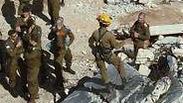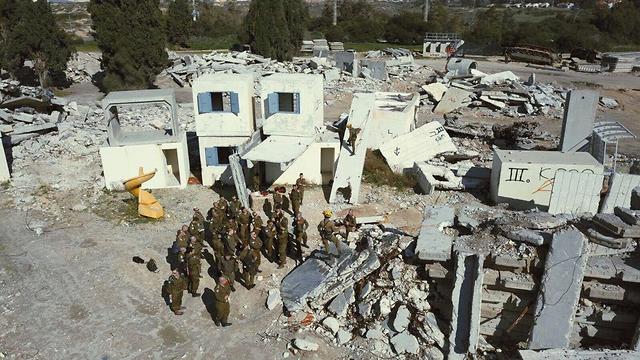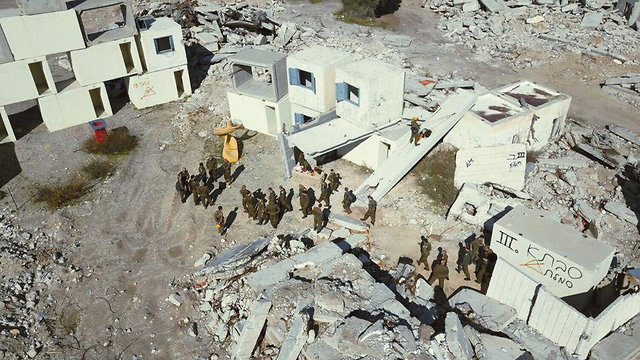
Search and rescue units belonging to Home Front Command have recently been outfitted with drones equipped with hi-tech cameras. The cameras will produce real-time three dimensional images of disaster zones, such as structures hit by missiles or ones damaged during an earthquake.
The civilian-manufactured drone, which can remain in the air for up to 30 minutes, will enable rescue units to scan the desired area from above and help them navigate among the rubble in order to locate the people who may be trapped inside.
"With the new drone, we can understand the extent of the destruction and the nature of the collapse and its main points, as well as the attack's focal points—thereby allowing us to get to the trapped people more quickly," said Maj. Oz Gino.
"In the past year, we have conducted a series of experiments with civilian companies in search of a three-dimensional mapping system, as the main goal of units that arrive at a disaster site is to know where to focus their rescue efforts in the first moments, considering that we do not always receive quality information from the populace. We are ordering a new, very specific scanning system for the drones to enable units to get an accurate picture of the destruction," he added.
Home Front Command further noted that the amount of time it takes to reach trapped persons is critical since even those who survived a structure's collapse may die in the first few hours from dehydration, being crushed and shock injuries if they do not receive help.
Once deployed, the new drone can help locate hollow pockets underneath ruins within minutes, showing forces where to tunnel in order to reach trapped victims without wasting precious time.
Another drone is currently undergoing testing and is in the advanced development stages. The second iteration will be smaller and able to penetrate said hollow spaces between ruins, photograph what is happening therein in real time and even communicate with the trapped.
The testing phase is expected to be completed this summer and after a process of additional tests, it is expected to be operational in Home Front Command units by the end of the year.
Currently, every Home Front Command commander has access to a drone used for routine security operations in the West Bank.


















